I Went On A Safari In Tanzania—What I Packed Right & Wrong
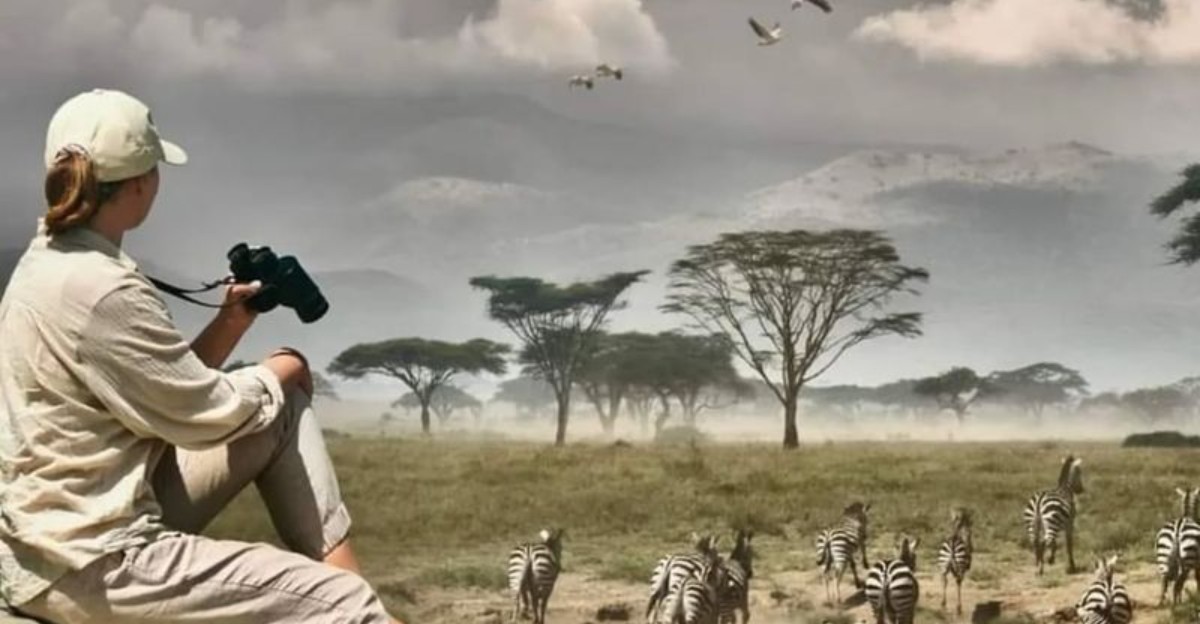
Going on a safari in Tanzania? Buckle up, because it’s an adventure of a lifetime! But before you set off on your game drives and bush walks, packing the right gear is crucial.
After my own safari experience, I learned the hard way that packing isn’t just about bringing what sounds fun or fancy. There are essentials you’ll be thankful for, and a few mistakes you’ll definitely want to avoid.
Trust me, you’ll want to keep these tips in mind so you can focus on tracking wildlife, not hunting down the right gear in the middle of the Serengeti.
1. Lightweight Clothing
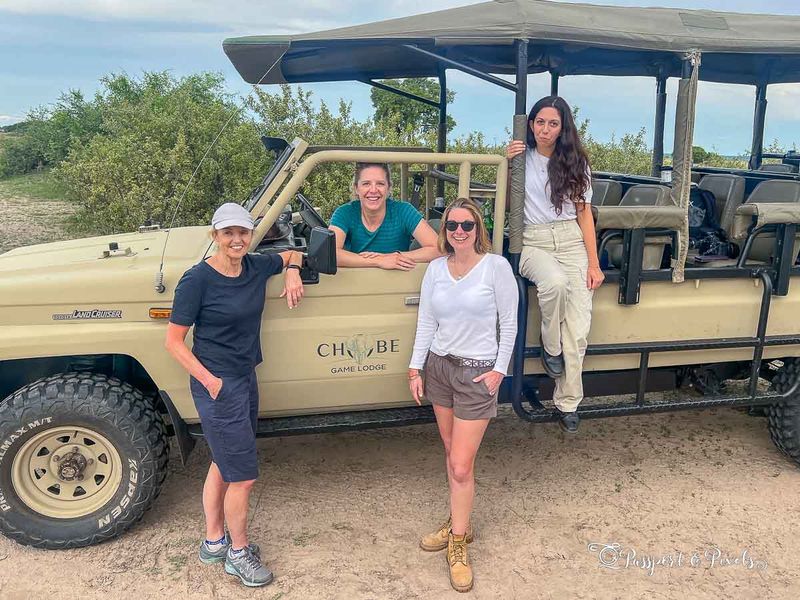
Tanzania’s sun isn’t shy! It blazes down, wrapping you in warmth from dawn till dusk. Wearing thick, heavy clothes is a surefire way to turn your safari into a personal sauna. Instead, light, breathable fabrics like linen and moisture-wicking blends keep you cool and comfortable.
Think neutral colors—khaki, olive, or beige—to blend into the wild and avoid attracting unwanted attention from bugs (or lions, but mostly bugs).
The right clothes make all the difference. Long sleeves and pants protect against mosquitoes and thorny acacia branches, while airy fabrics prevent you from feeling like you’re wrapped in a portable greenhouse. Let’s be real, no one’s judging your outfit choices when there’s an elephant 10 feet away.
2. Sturdy Boots
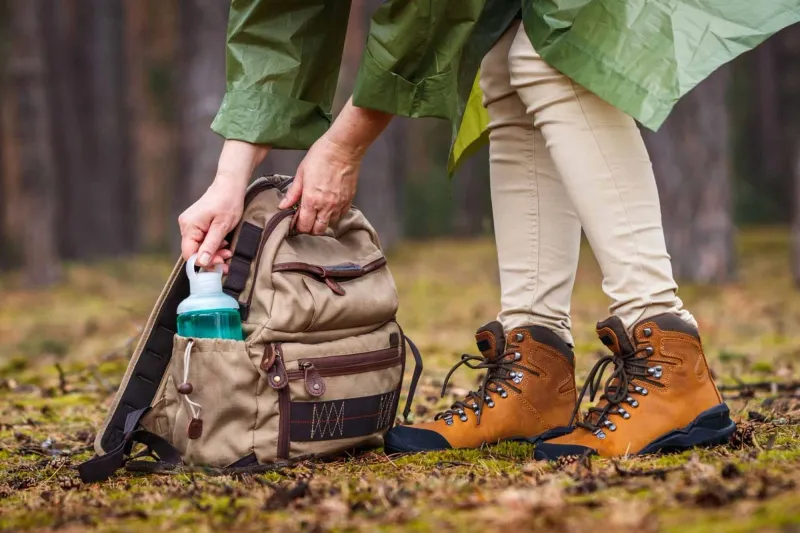
A safari isn’t a runway show, but your feet deserve VIP treatment. Those flimsy sneakers? Not up for the challenge. The terrain varies from dusty trails to rocky riverbeds, and one wrong step in weak shoes could leave you with blisters. Or worse, a twisted ankle miles from civilization.
Sturdy, broken-in boots are a game-changer, offering ankle support, grip, and the confidence to explore without tiptoeing around every sharp pebble.
Trust me, you don’t want sore soles distracting you from the thrill. Good boots mean more exploring, less complaining. Break them in before the trip. Nothing ruins a once-in-a-lifetime adventure like discovering your “amazing new boots” are actually foot torture devices.
3. Insect Repellent
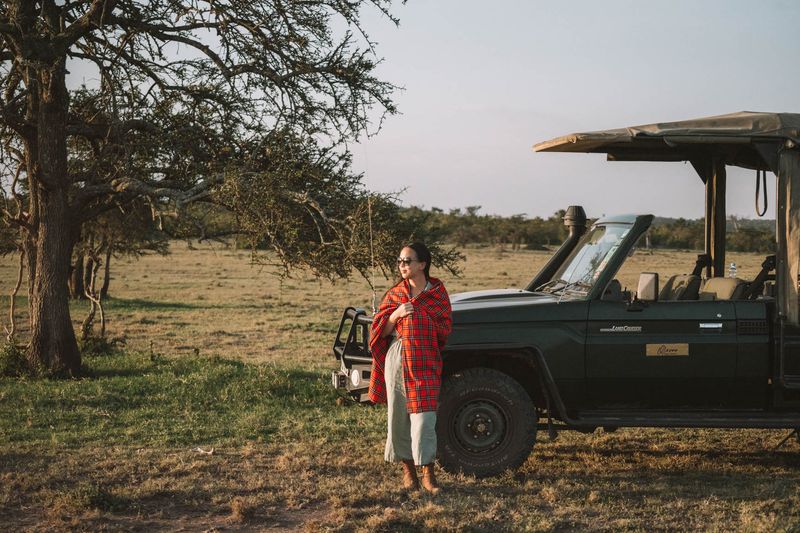
If mosquitoes had a favorite dish, it would be unsuspecting safari-goers. These tiny terrors don’t care if you’re in a five-star lodge or a tent. They will find you. A strong, DEET-based repellent is non-negotiable unless you enjoy itching your way through the Serengeti.
Malaria isn’t the only concern. There are tsetse flies, which bite like tiny demons. Fun fact: they’re attracted to dark blue and black clothing, so avoid those colors unless you want to be their main course. A good repellent, combined with long sleeves and pants, keeps the worst of the bites at bay.
For extra protection, treat your clothing with permethrin before you go. It adds an invisible shield against bugs, giving you one less thing to worry about while you’re busy marveling at a herd of giraffes. Because honestly, scratching mosquito bites is not the safari memory you want to take home.
4. Binoculars
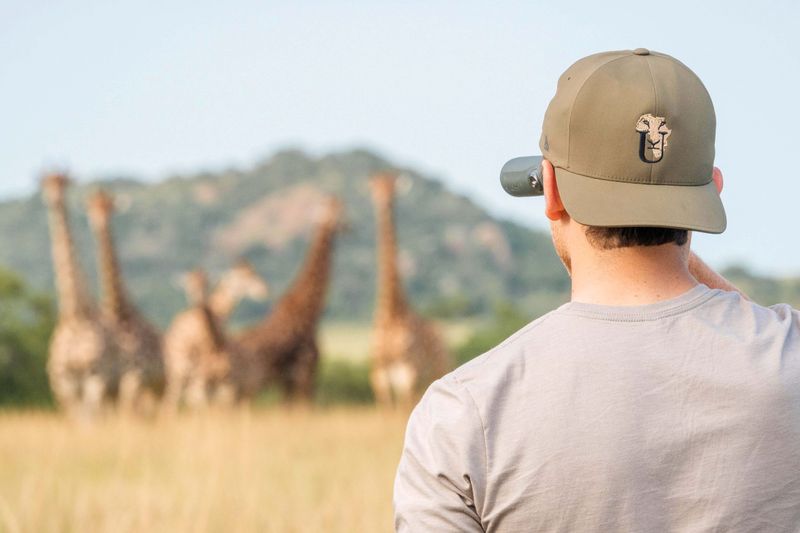
You might think “I have a camera, do I really need binoculars?” Yes. Yes, you do. That lion lounging under an acacia tree? Without binoculars, it’s a speck in the distance.
With them, you see every flick of its tail, every twitch of its ears. Safari animals don’t always pose next to your jeep. They stay where they feel safe, and sometimes that’s 300 feet away.
Skip the cheap ones. They’re worse than useless. Invest in lightweight, high-quality binoculars with decent magnification. Your neck will thank you, and so will your future self when you recall the thrill of locking eyes with a cheetah from across the savanna.
5. Heavy Jacket
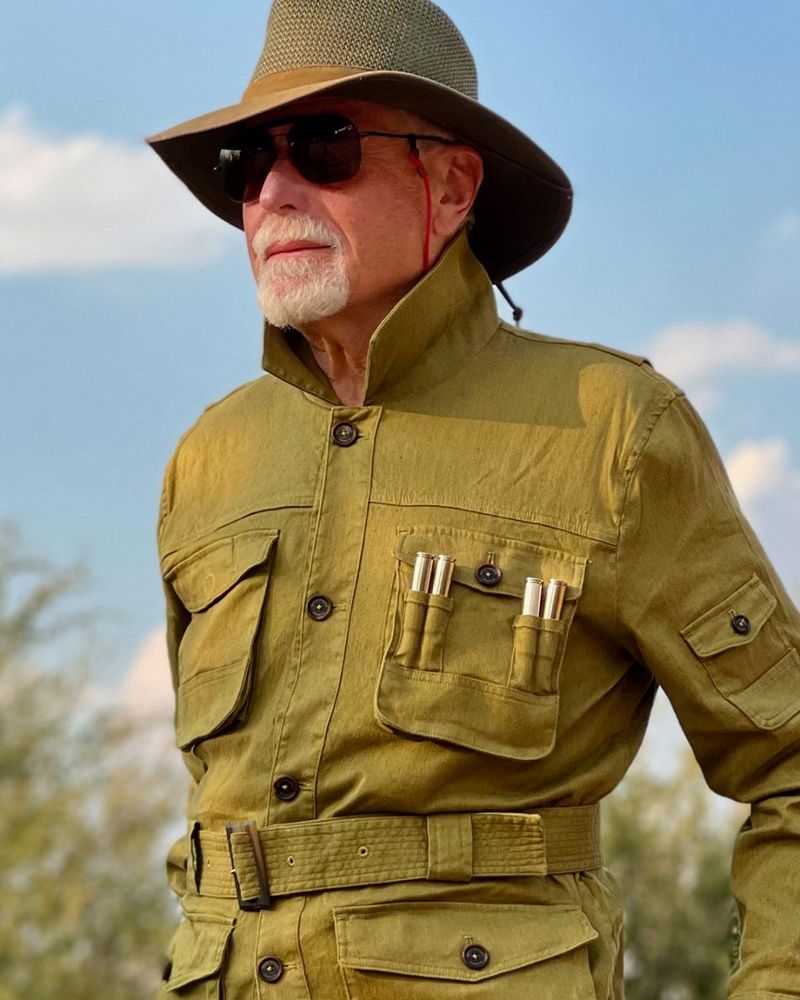
The African sun might roast you by day, but it won’t hug you at night. Temperatures drop dramatically, especially during early morning game drives. One moment, you’re sweating in the sun, and the next, you’re shivering in the open-air jeep.
A warm, packable jacket saves you from turning into a popsicle while the lions are just waking up. Think lightweight but insulated. You don’t want to lug around a bulky coat, but you also don’t want to regret leaving warmth behind when you’re bouncing along a chilly dirt road.
Plus, when that brisk dawn breeze rolls in, wrapping yourself in a cozy jacket feels like a lifesaver. Bring one. Shivering through a sunrise when you should be marveling at elephants? Not ideal.
6. Overpacked Luggage
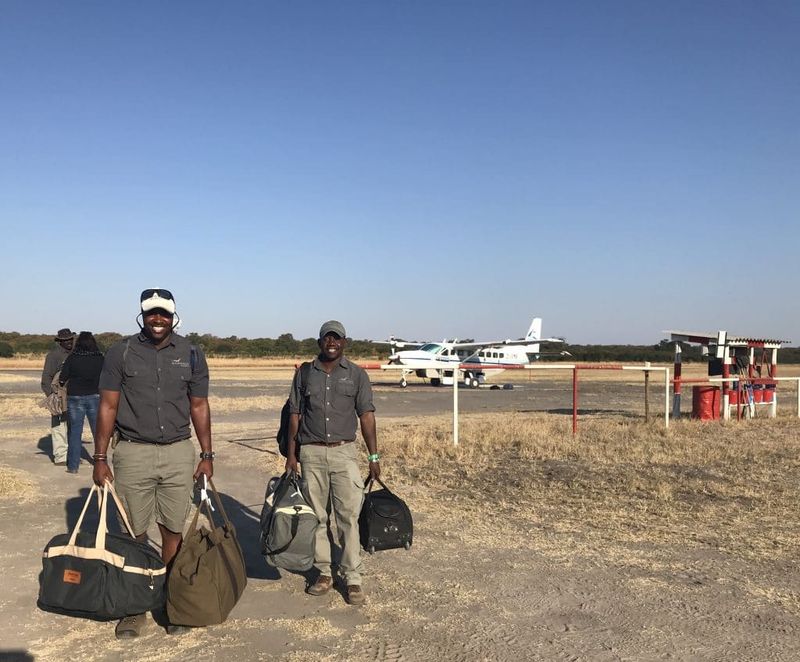
Packing for a safari is a test of restraint. One that many fail! It’s easy to think you need outfits for every occasion, but guess what? Safari lodges don’t have dress codes, and no one cares if you wear the same shirt twice.
Overpacking means hauling unnecessary weight, struggling with limited baggage allowances, and regretting it when you’re hoisting your suitcase onto a tiny bush plane.
Less is more. Choose versatile clothing, ditch the “just in case” items, and remember that laundry services exist. Besides, with all the dust, your once-pristine outfits will look safari-chic (read: slightly dirty) within a day.
7. Unnecessary Gadgets
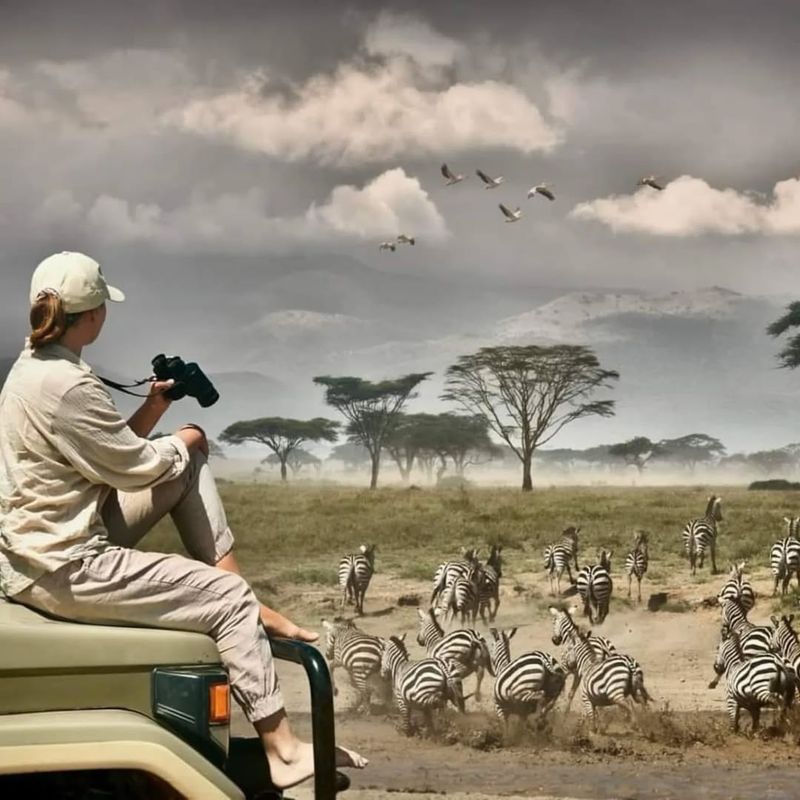
Let’s be real: your phone’s camera might be good, but it’s not going to replace the experience of being in the moment on safari. Sure, you could bring your tablet, e-reader, or even a portable speaker, but let’s face it—they’ll mostly stay in your bag while you’re out watching a cheetah sprint across the plains.
Instead of gadgets, pack things that connect you to the wild.
The focus should be on immersing yourself in nature, not scrolling through Instagram or trying to figure out why your headphones won’t connect. A notebook to jot down thoughts, a good old-fashioned map for tracking wildlife, or even a simple book for the evenings. Those are your essentials!
8. Too Few Socks
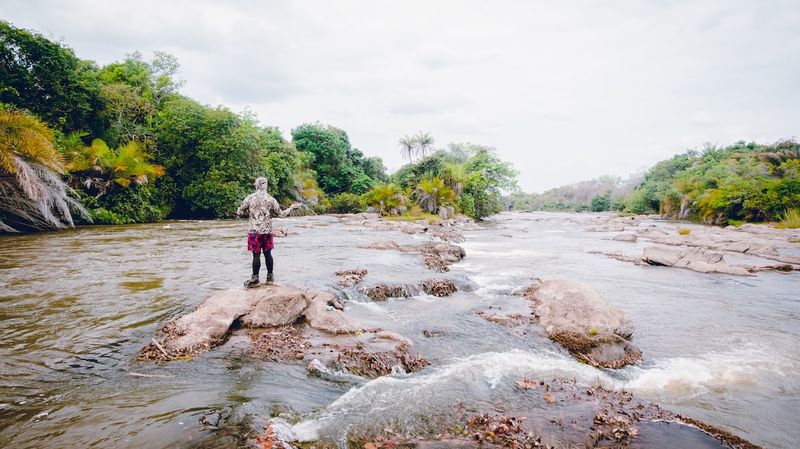
Nothing feels worse than slipping your foot into a wet sock after a long day of safari adventures. You’ll be trekking through muddy paths, jeep rides with dust storms, and waterholes that require a bit of hopping. The last thing you want is to run out of fresh socks halfway through your trip.
Bring more pairs than you think you’ll need. The desert heat is unforgiving, but that means sweat accumulates, and you’ll want dry socks to avoid blisters and discomfort. You’ll also want a few fancy pairs for lounging around camp, where socks are your only option for keeping your feet comfortable.
You’ll thank yourself when you’re packing your bag for your return trip, knowing your feet weren’t a sweaty, blistered mess the whole time. Extra socks = extra comfort = happy feet!
9. No Hat
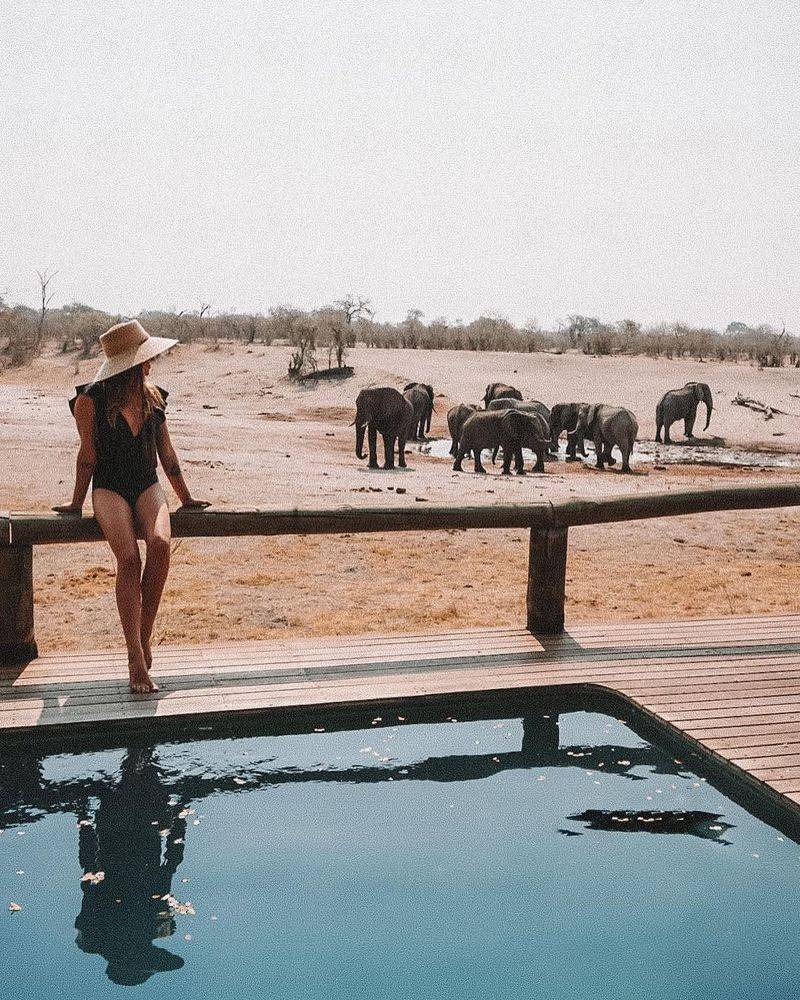
A hat isn’t just for fashion, it’s a life-saver. From the moment you step into the savanna, you’ll realize that your head is going to feel like a hot frying pan without one. So, protection is the key!
A wide-brimmed hat keeps the sun off your face, neck, and ears, while providing that much-needed shade. Plus, it doubles as a shield against the dust that inevitably kicks up on dirt roads.
Not to mention, it’ll keep you from looking like a lobster at the end of your trip.
10. Camera Gear
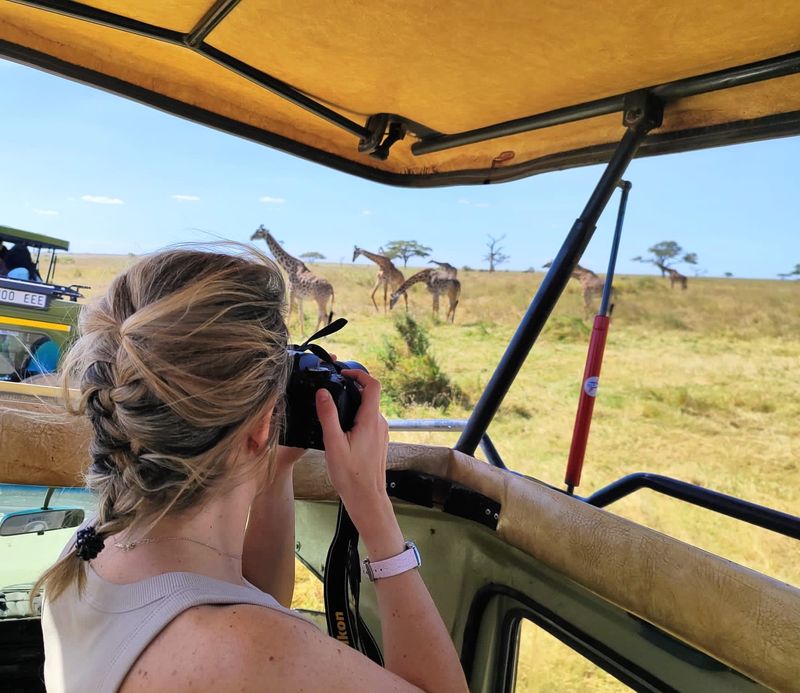
Now, let’s talk about camera gear. Yes, you want photos of those majestic lions, sleek cheetahs, and towering giraffes, but keep in mind: safari isn’t a photography studio. Compact, easy-to-carry gear is ideal for capturing those fleeting moments without breaking your back.
Instead, opt for a high-quality, travel-friendly camera with a good zoom lens. Something that can capture the smallest details from a safe distance. A lightweight camera means you’re more likely to snap that perfect shot of a leopard lounging on a tree branch, instead of losing the moment while you fumble with too many attachments.
Just make sure you charge your batteries, because wildlife waits for no one.
11. Water Bottle
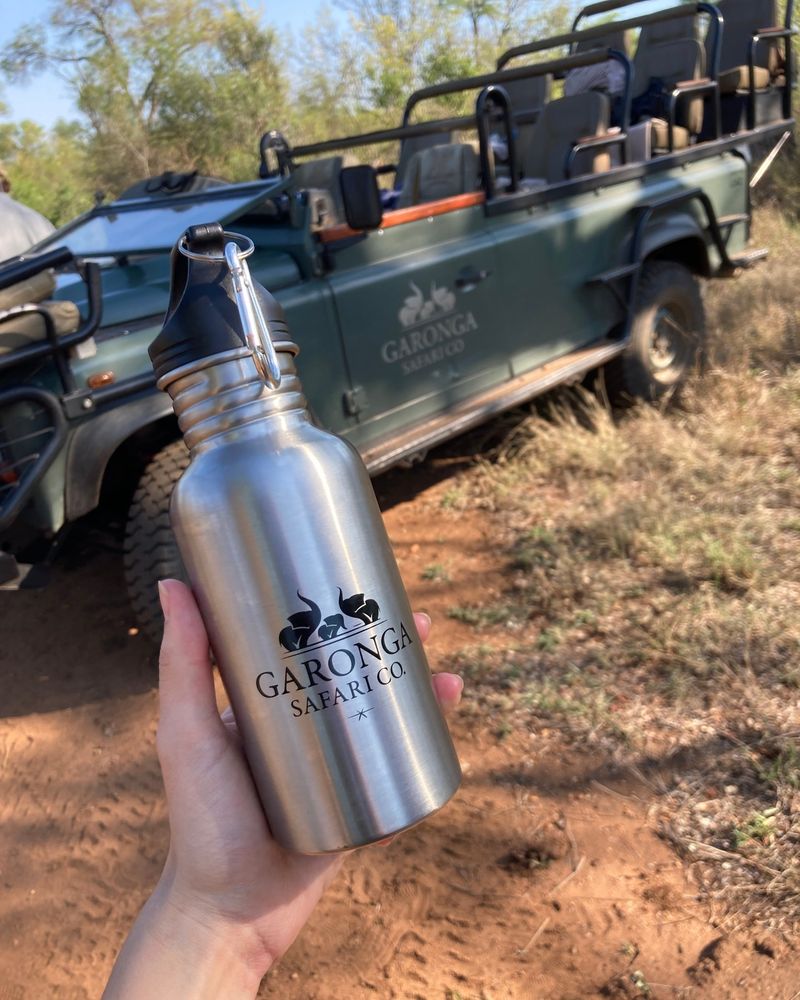
In the sweltering heat of Tanzania, hydration is non-negotiable. The dry air and intense sun will leave you parched before you even realize it. A durable, reusable water bottle is your best friend on safari.
But don’t just grab any bottle! Opt for something with a wide mouth for easy refills, and make sure it’s insulated. Cold water in the morning is a luxury, especially as temperatures rise. You’ll also want something leak-proof to prevent accidental spills in your bag.
Trust me, a full water bottle equals a happier you. The animals can wait, but dehydration can sneak up on you.
12. Wrong Backpack
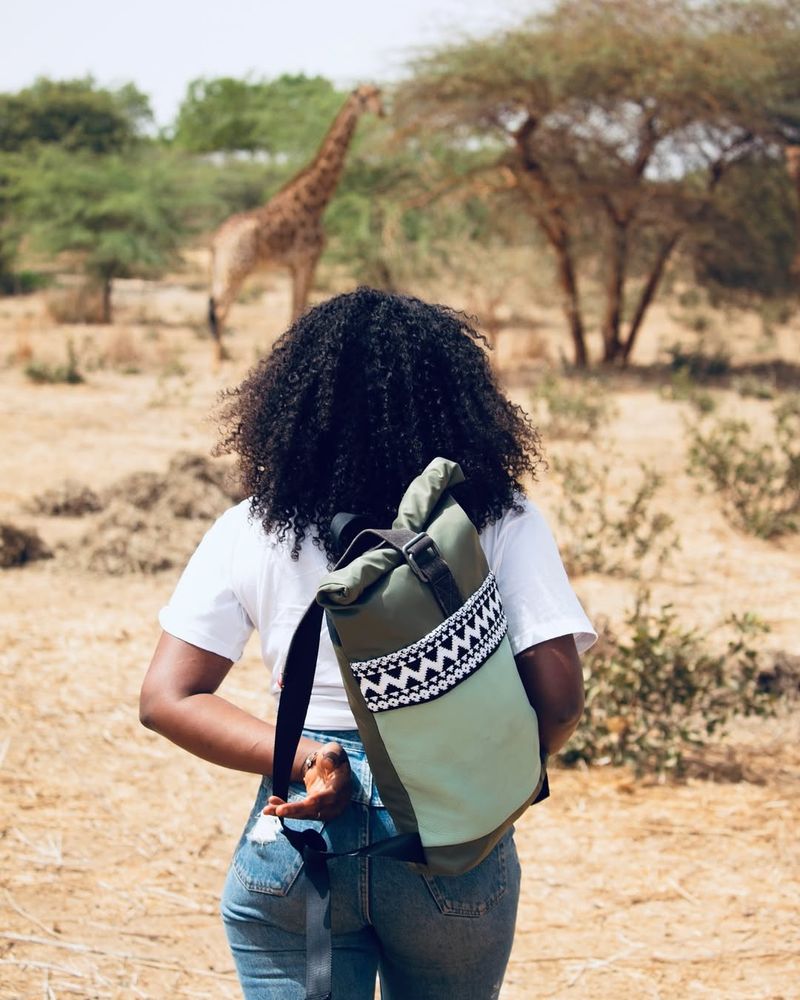
Choosing the wrong backpack is like picking the wrong shoes—it’ll make or break your day. The safari is all about comfort and convenience, and your bag should reflect that.
You don’t need anything too bulky, but you do need a sturdy, well-organized backpack with plenty of compartments.
Also, make sure the zippers are sturdy. Because your gear won’t survive if a cheap zipper gives out in the middle of a game drive. After all, when you’re face-to-face with a cheetah, the last thing you want to worry about is your bag falling apart.
